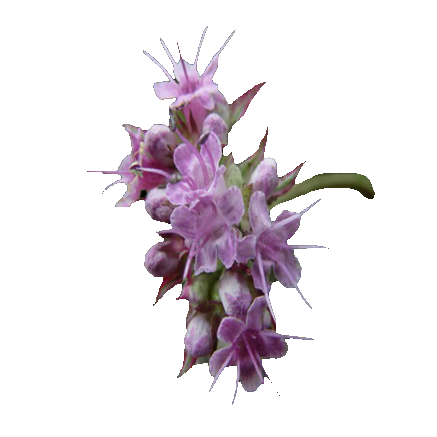Spikenard
Spikenard Essential Oil: A Practical Guide to its History, Properties, Uses, and Benefits
Spikenard essential oil—also known as nard, muskroot, or jatamansi—comes from the rhizomes of Nardostachys jatamansi, a Himalayan plant prized for centuries across Asia and Europe. With a rich amber color and deep, earthy aroma, this oil has been used in religious rituals, perfumery, and traditional wellness practices.
Extraction Process and Aroma
This oil is produced by steam distilling the dried rhizomes of Nardostachys jatamansi, primarily harvested from high-altitude regions in Nepal, India, and parts of China. The resulting oil has a thick, amber appearance and emits an intensely earthy, woody, and slightly spicy fragrance, sometimes described as musky or green-woody (Wikipedia, AromaWeb).
Famous People and Historical Significance
Spikenard is featured in historical accounts from ancient civilizations. In biblical tradition, Mary of Bethany is said to have anointed Jesus’ feet with spikenard, regarded as a luxurious and costly substance (AromaWeb, Wikipedia). It also held ceremonial significance in ancient Indian and Himalayan traditions, often used as incense or sacred perfume.
Chemical Composition and Commentary
Major components identified in spikenard essential oil include:
- Sesquiterpenes (approximately 50%), including nardol and valeranaol
- Sesquiterpenols (~10–15%)
- Aldehydes and dihydroazulenes
The dominant compounds like nardol and jatamansone provide its characteristic deep, earthy aroma, while higher molecular weight terpenoids contribute to its fixative strength in perfumery (AromaWeb, Wikipedia).
Aromatic Uses and Traditional Functions
Though not intended to diagnose or cure any condition, spikenard oil has a rich history of traditional use:
- Used in luxury perfumes and incense rituals
- Used in spiritual practices and meditation for its grounding aroma
- Appreciated in aromatherapy blends for its deep, calming scent
It is sometimes blended with frankincense, vetiver, lavender, patchouli, or sandalwood for aromatic depth and emotional support (AromaWeb).
Varieties and Conservation Status
Nardostachys jatamansi is the botanical source of true spikenard. Due to overharvesting in the wild, it is considered critically endangered and regulated under international conservation agreements like CITES (Wikipedia on Nardostachys, Wikipedia on Spikenard). Alternatives such as vetiver are often suggested when availability or sustainability is a concern.
Safety and Precautions
When using spikenard essential oil, please exercise caution:
- Always dilute before applying to the skin (e.g. 1–2% dilution)
- Avoid internal use unless under expert guidance
- Avoid topical use with infants, young children, or pets
- Do a patch test to check for skin sensitivity
- Purchase only from reputable suppliers who use ethically sourced and sustainably wild‑harvested plant material
Conclusion
Spikenard essential oil brings a rare, aromatic connection to ancient traditions and modern rituals. With its deep, resinous scent and spiritual legacy, it offers something special—especially for those who appreciate grounding and luxurious aromatic experiences. Because of its conservation status and potency, thoughtful and ethical use is essential.
References


